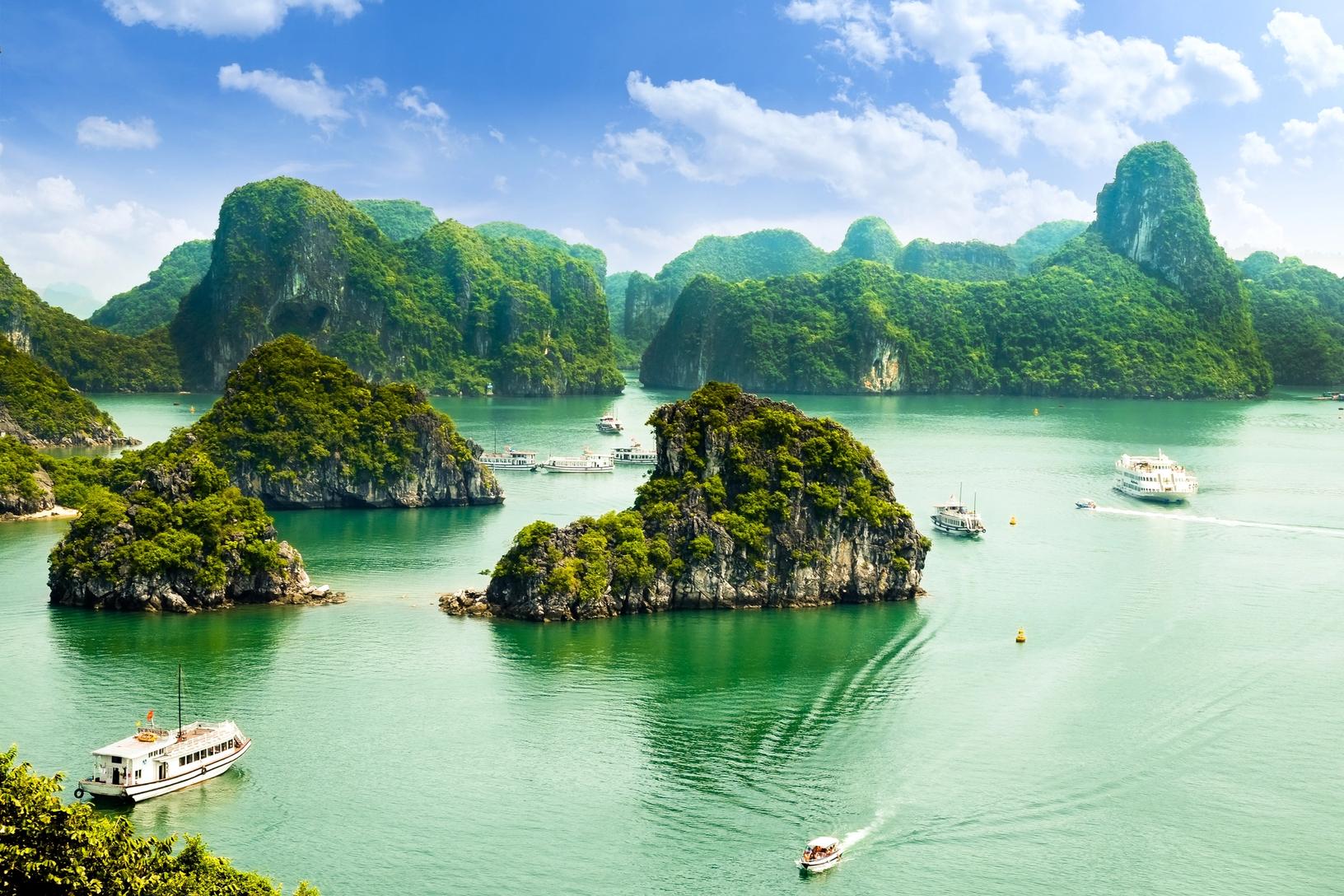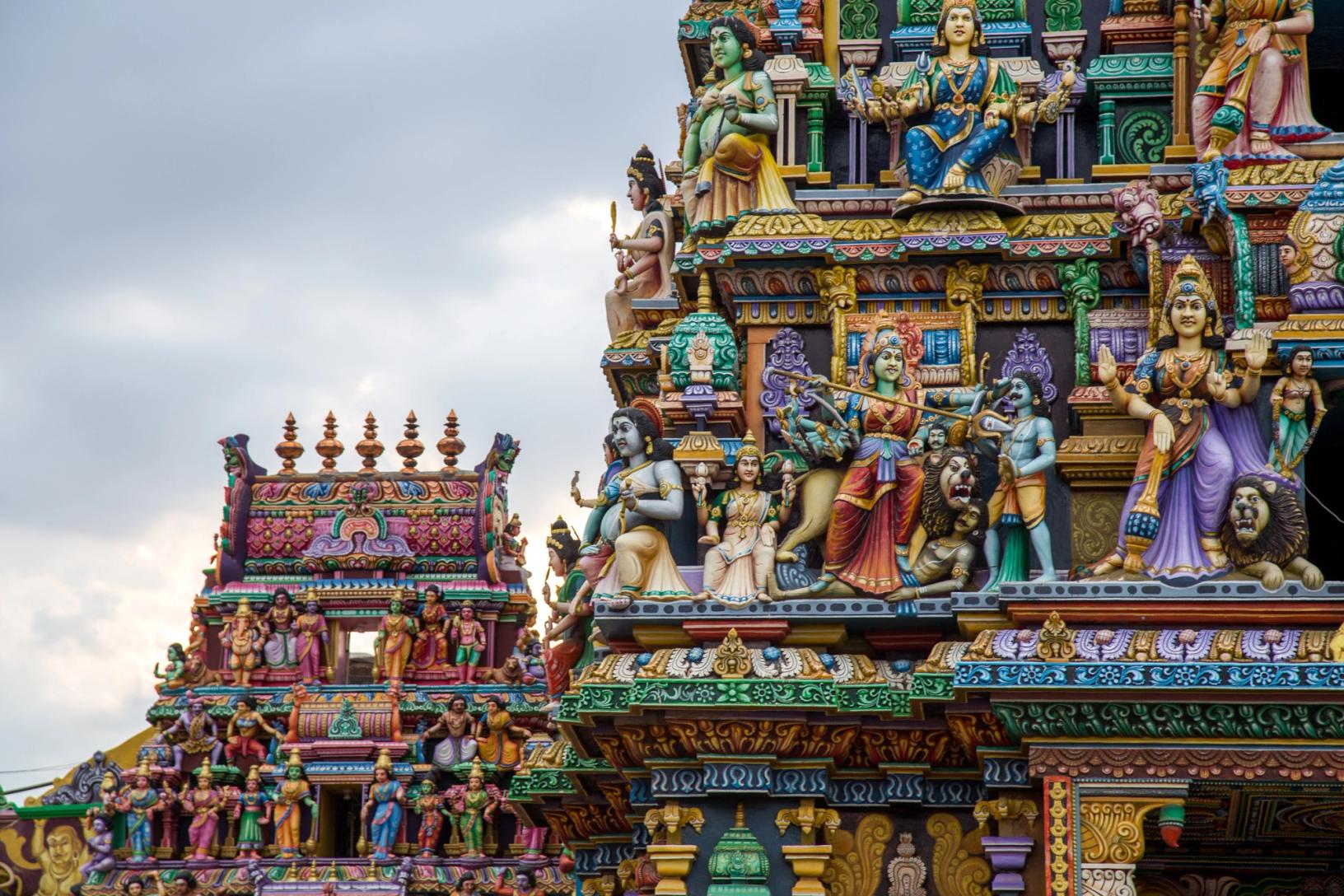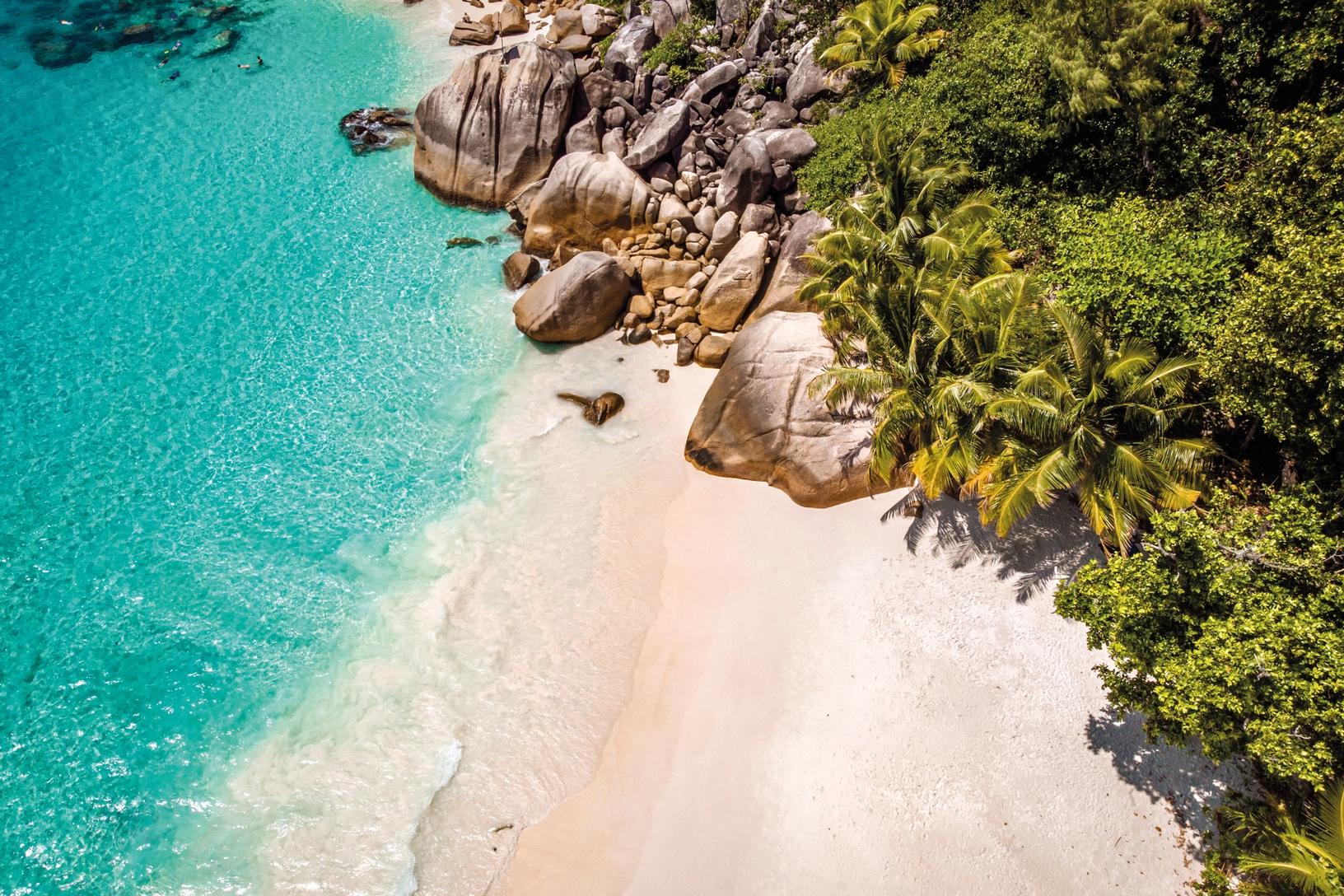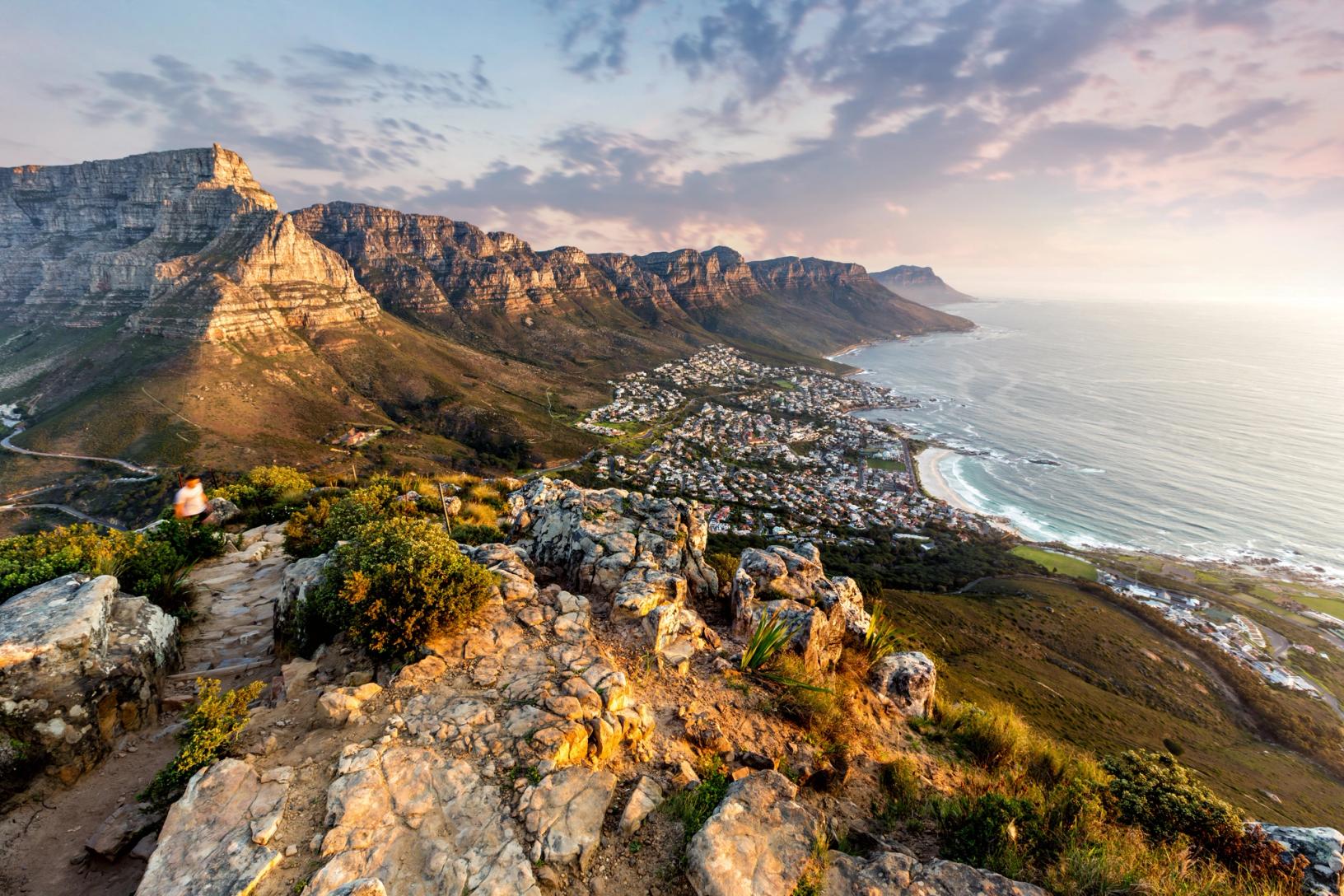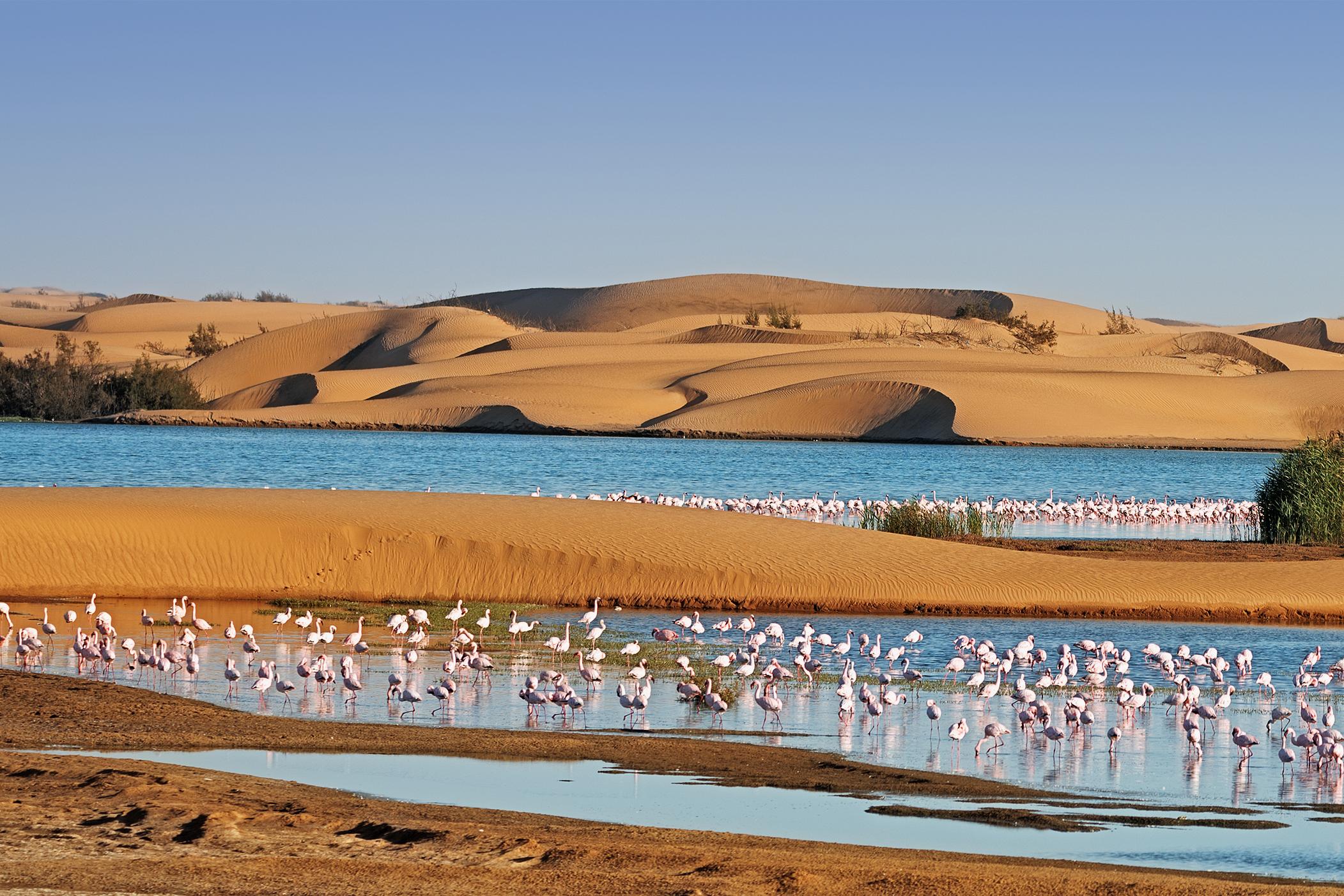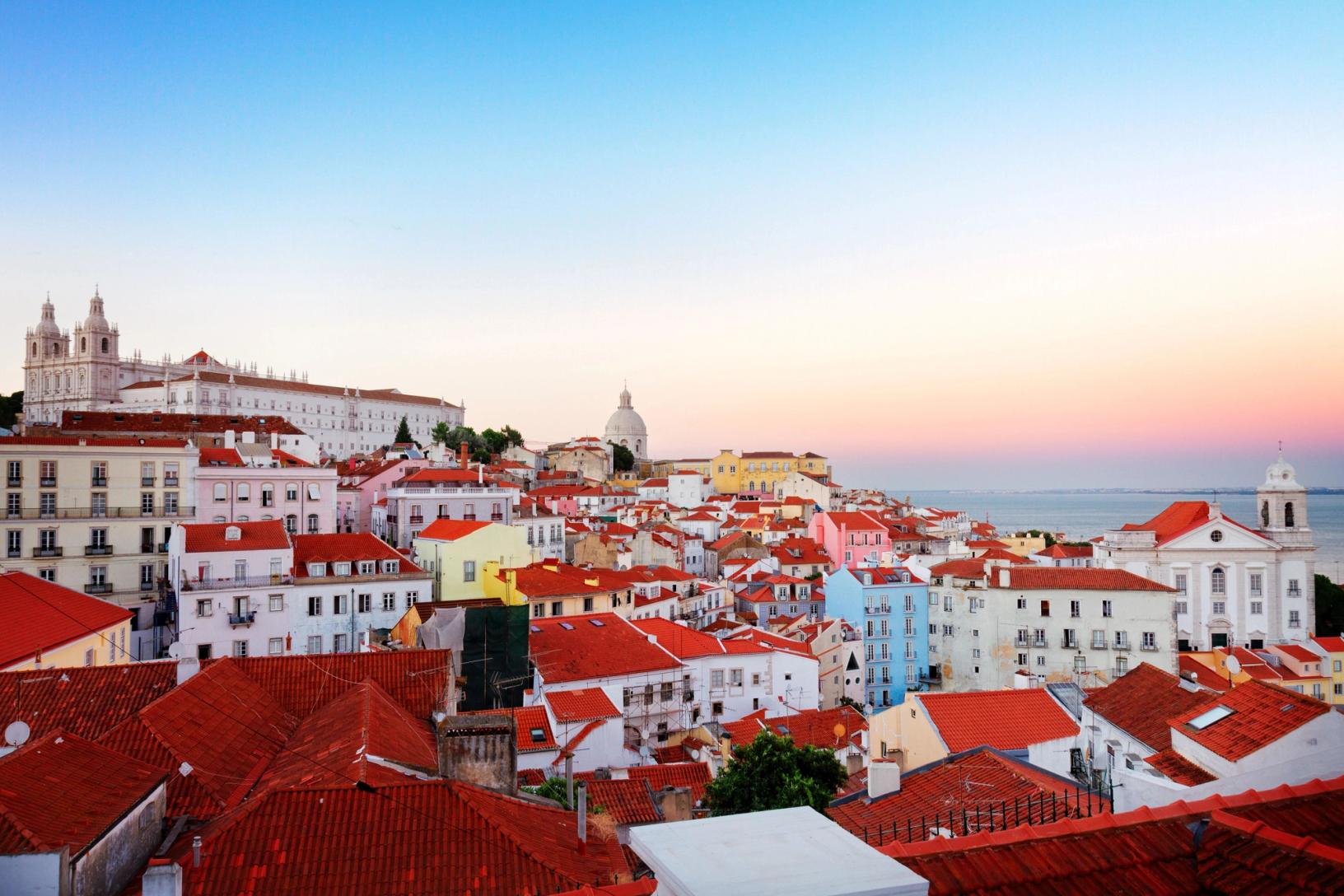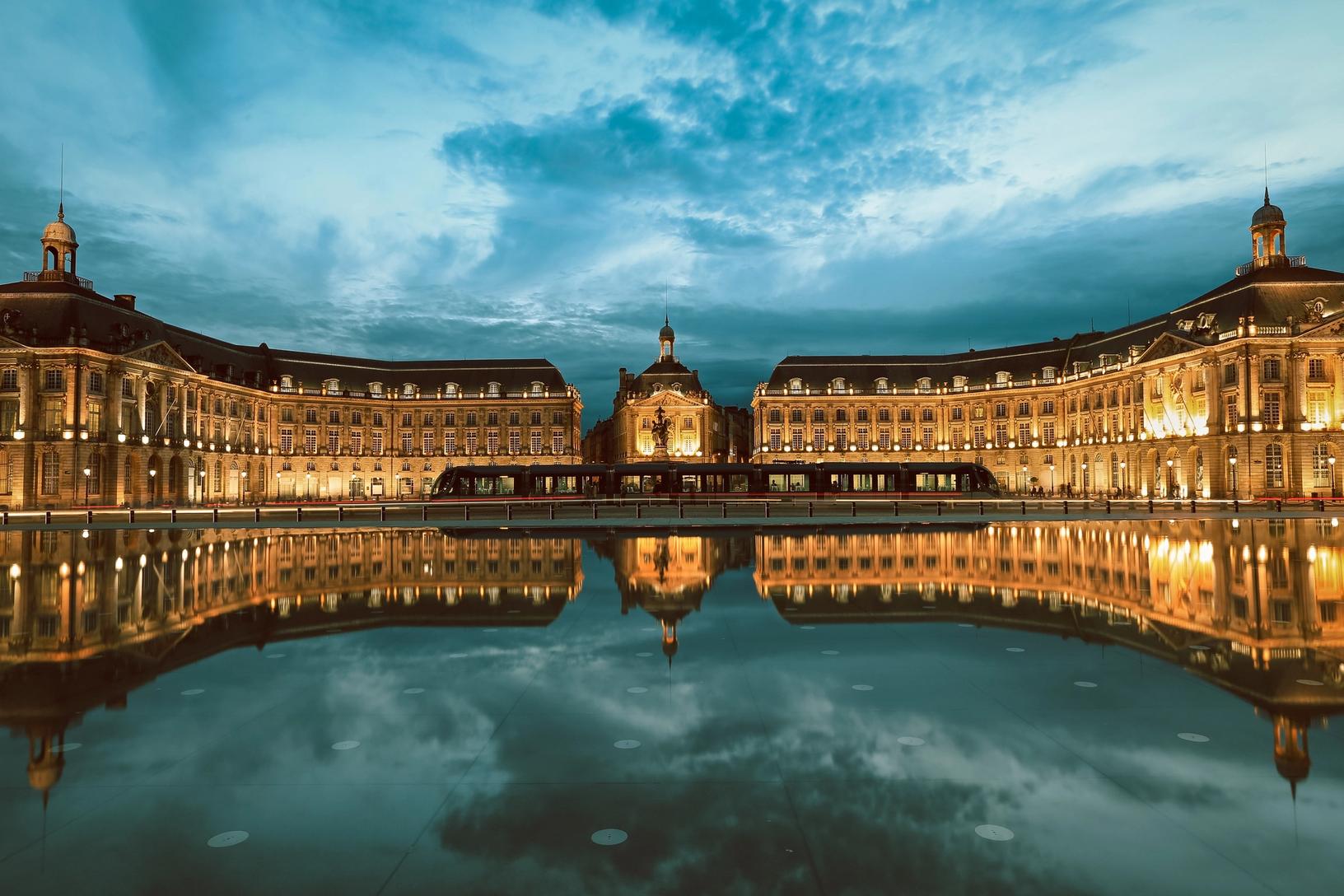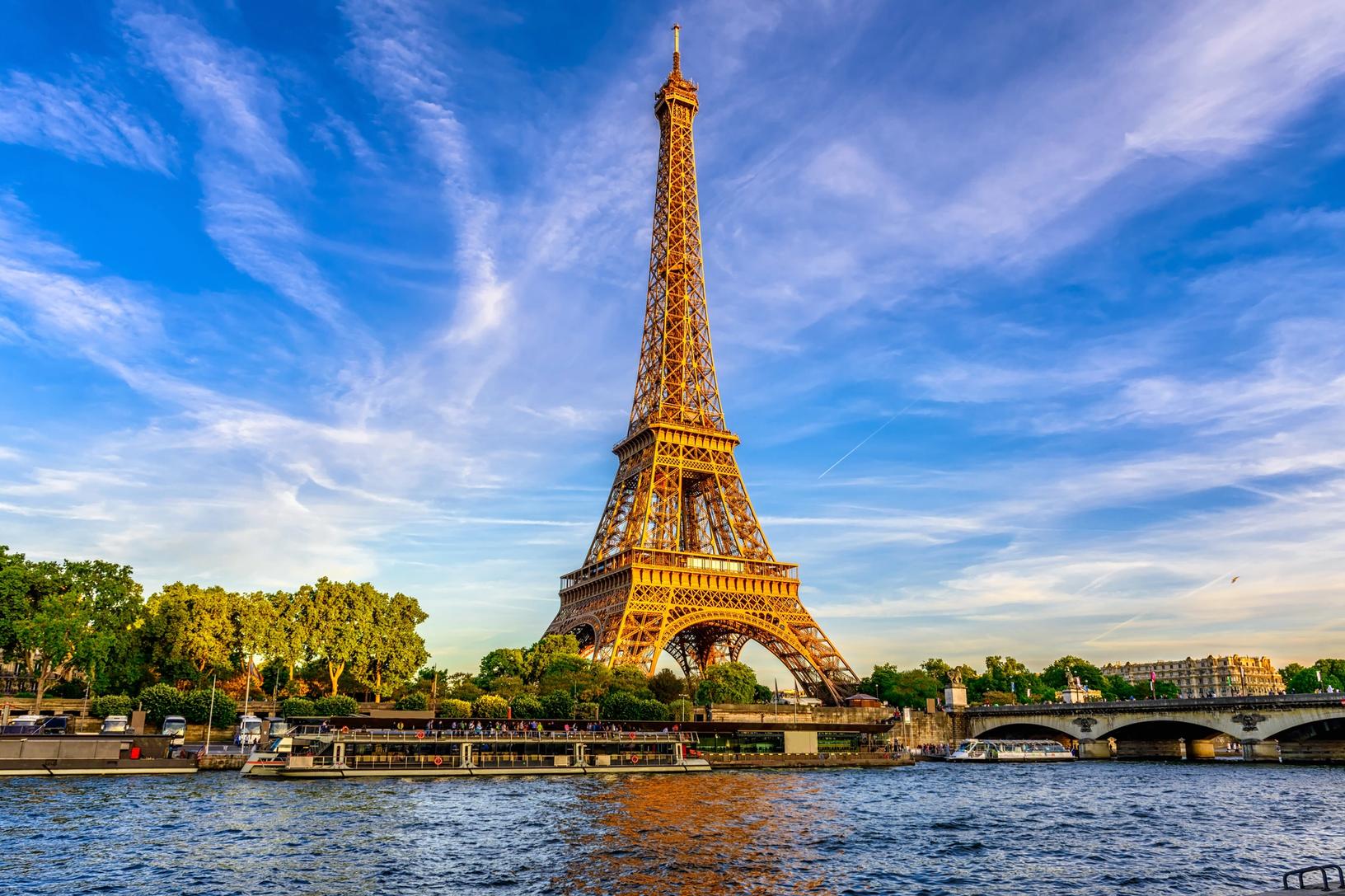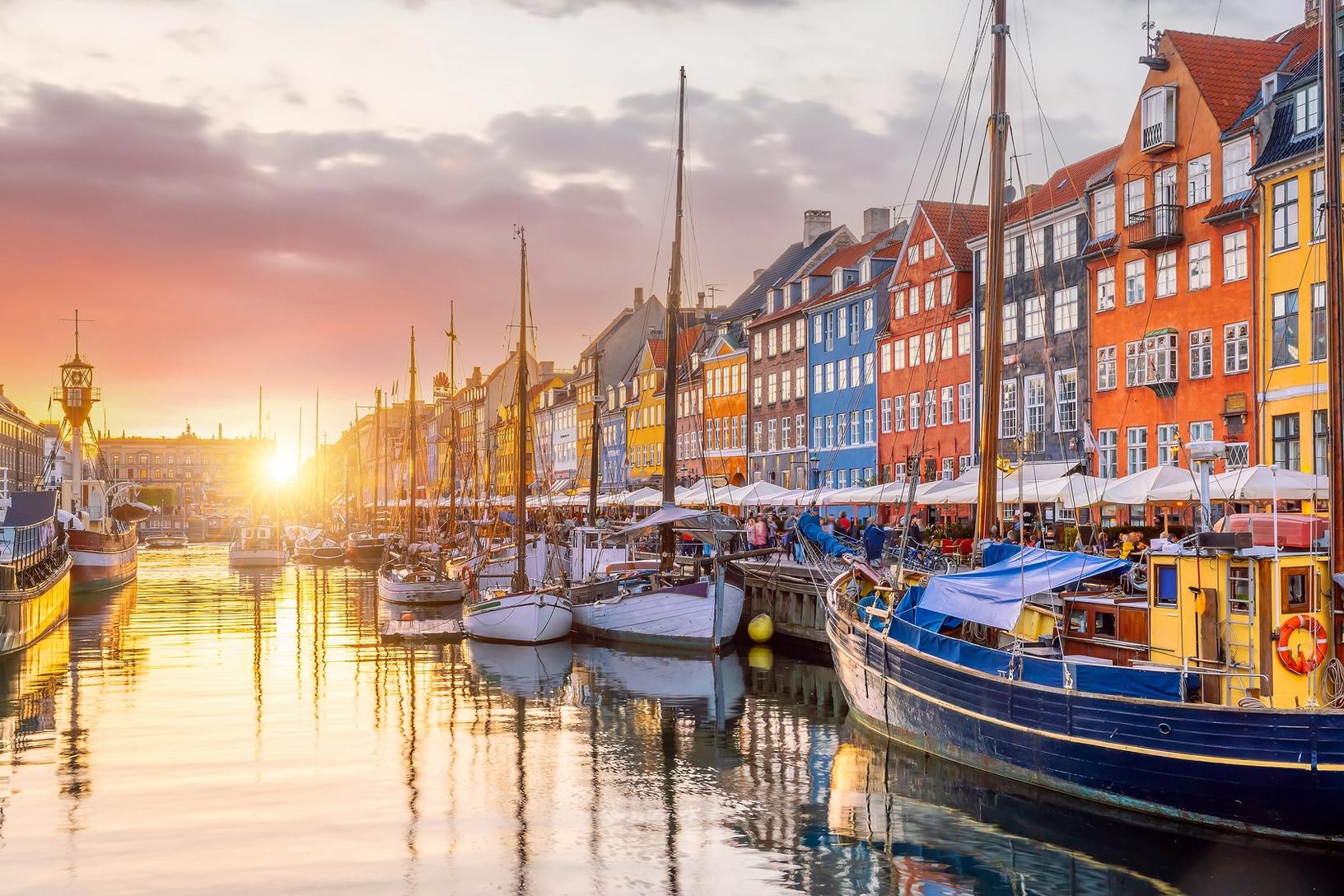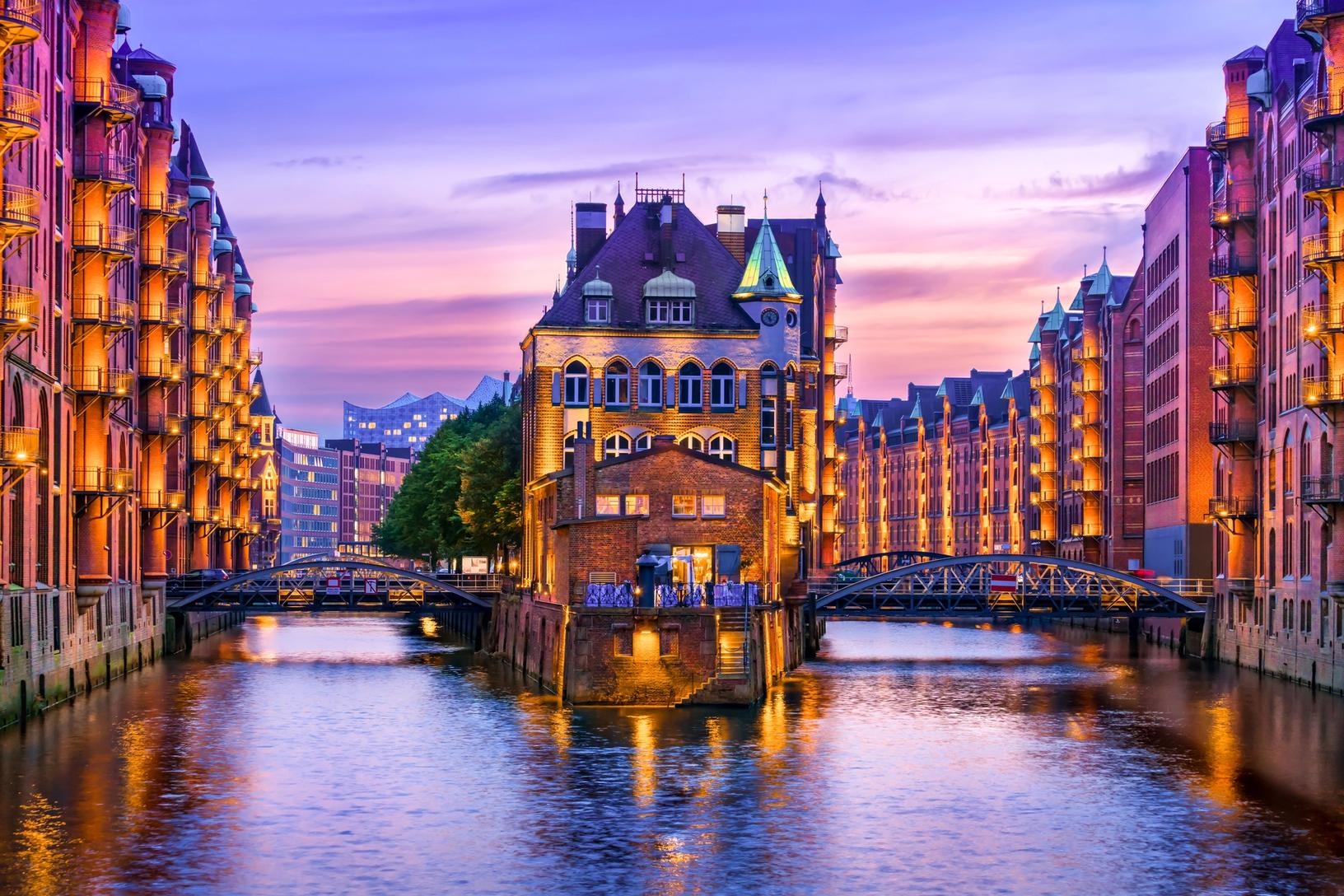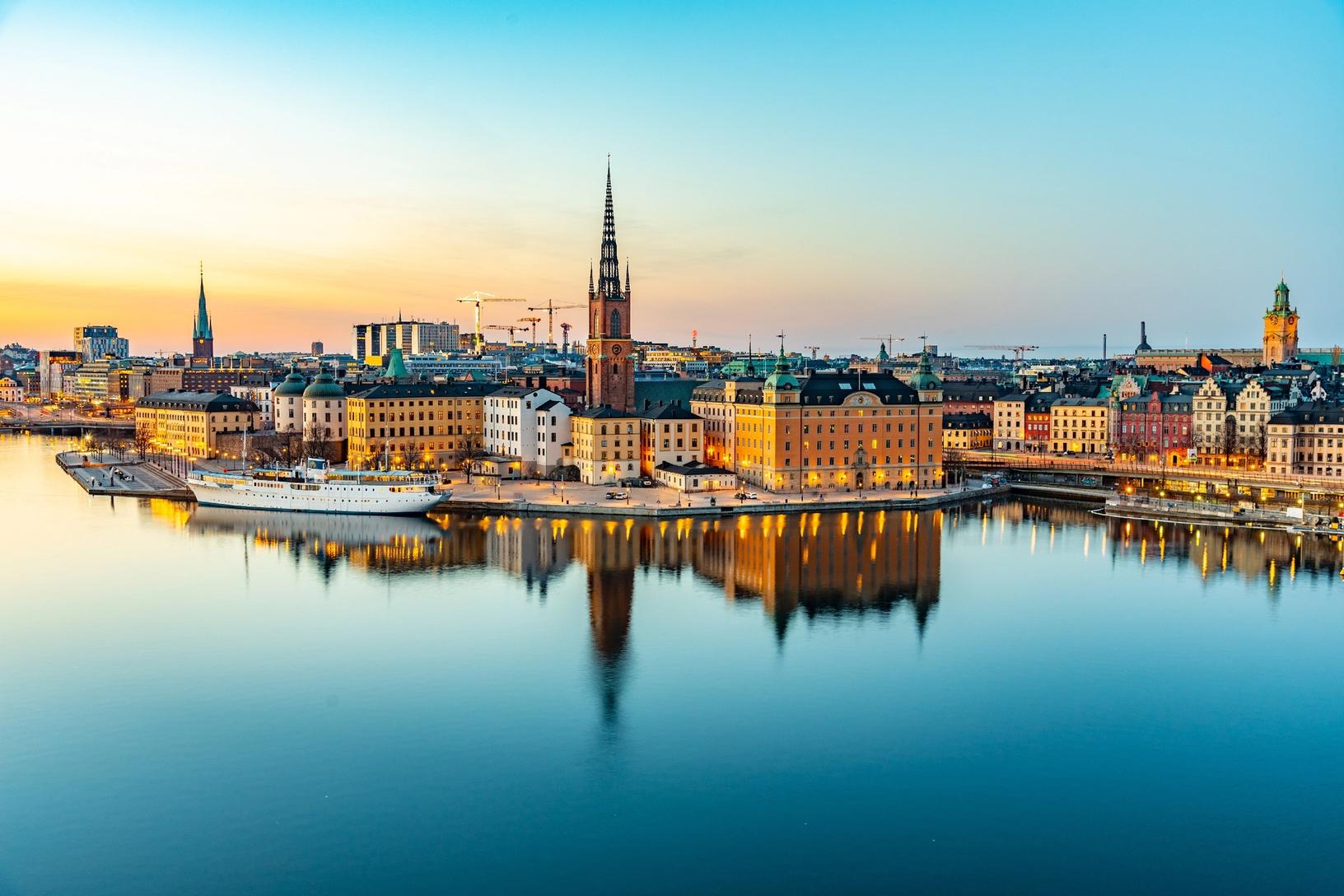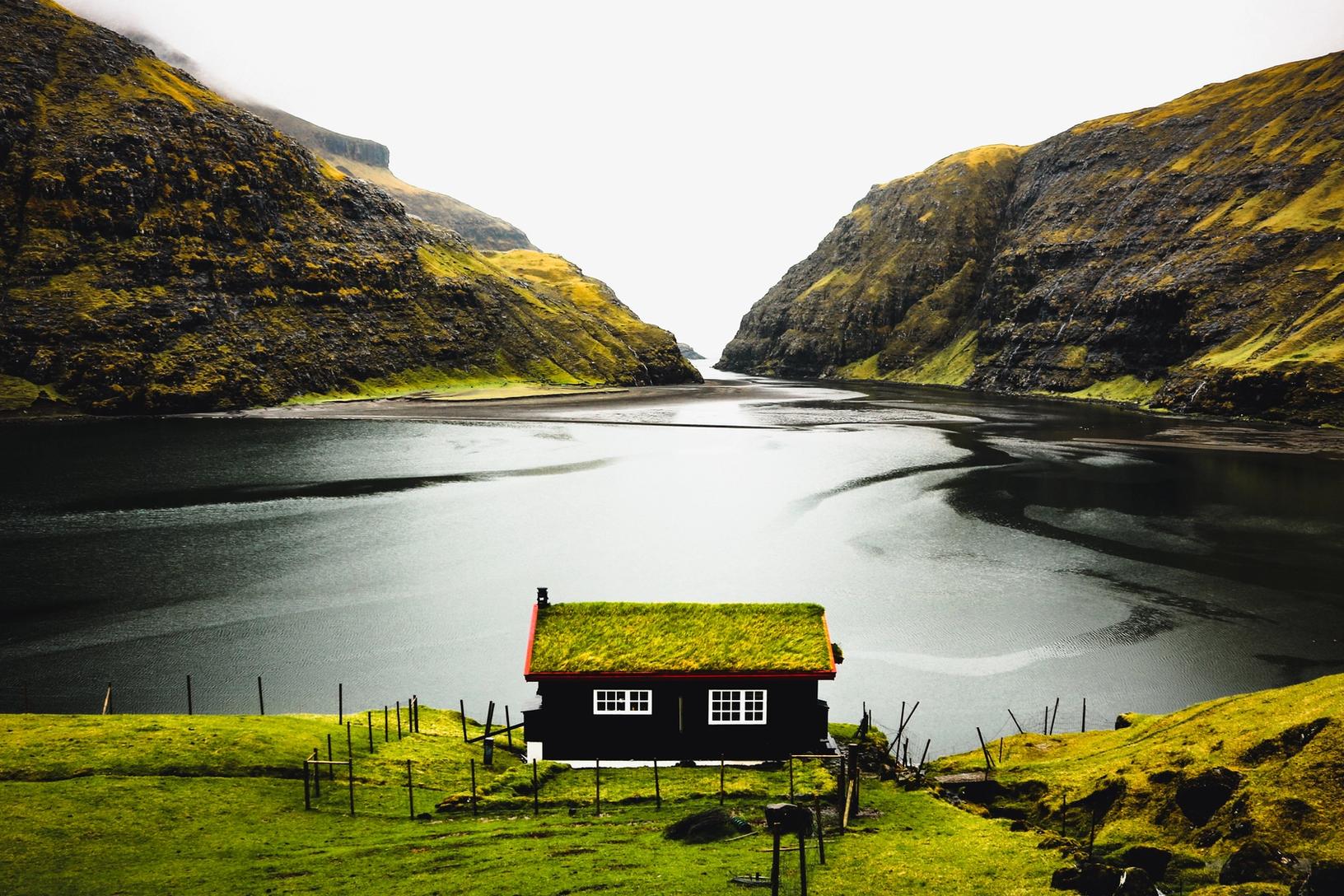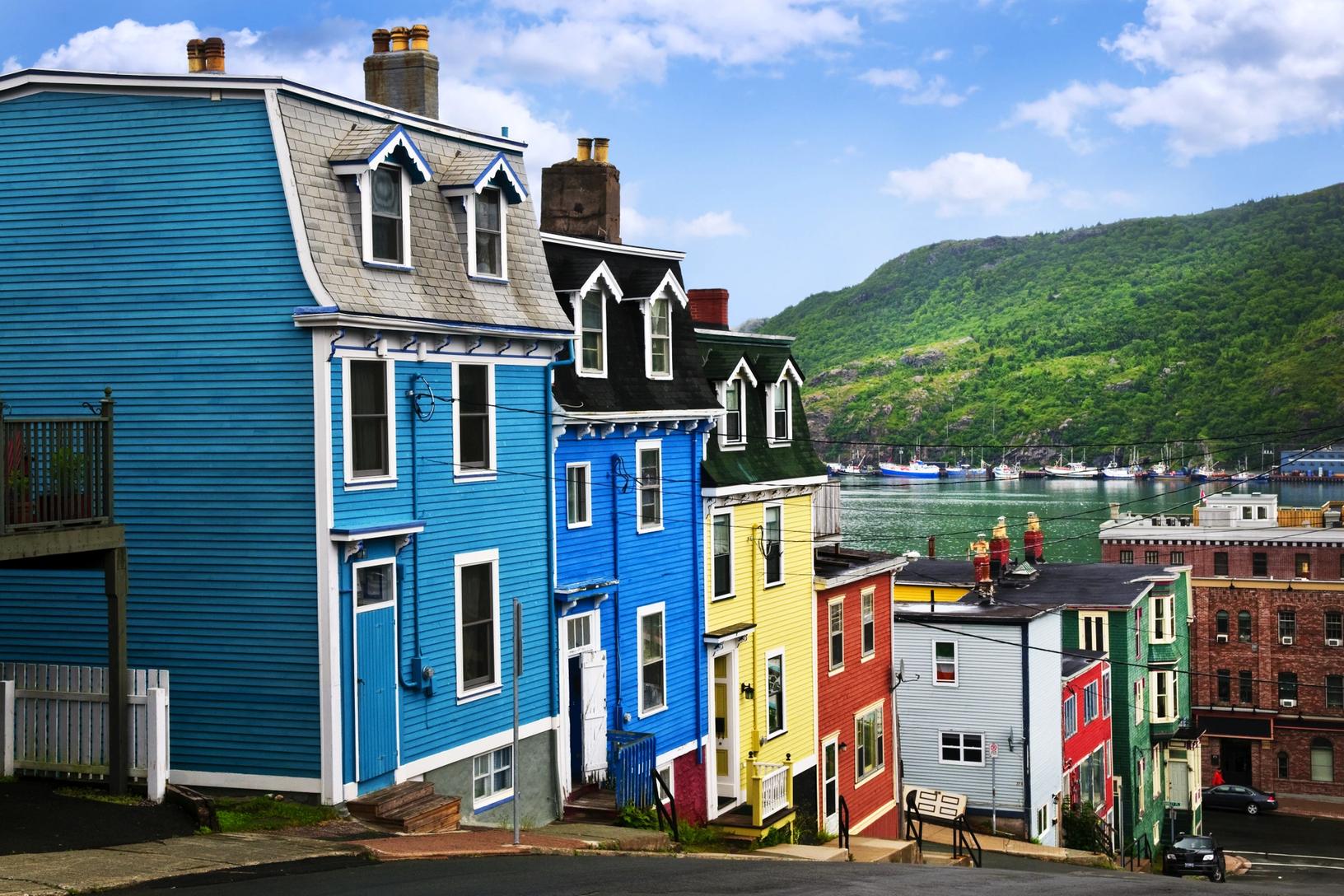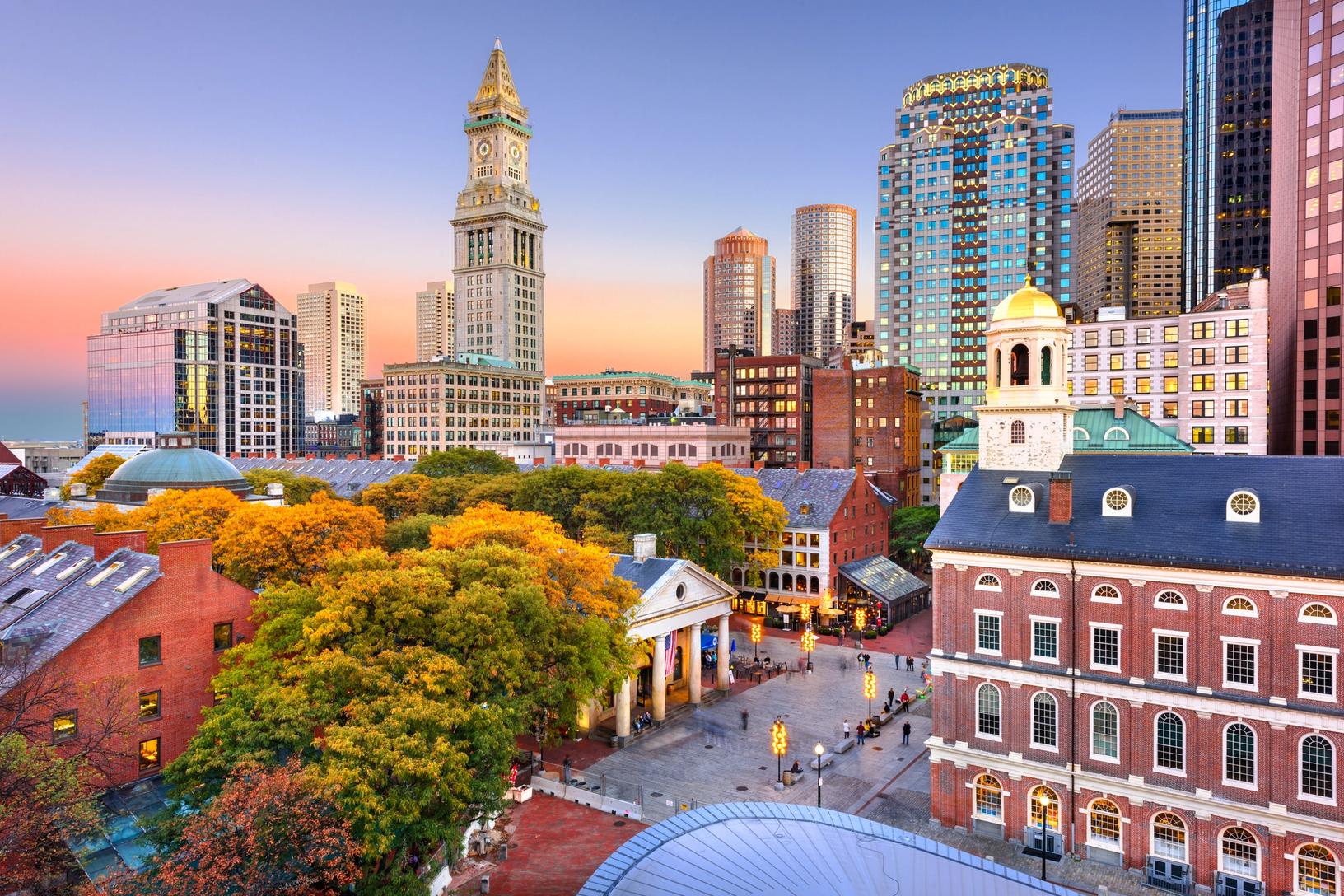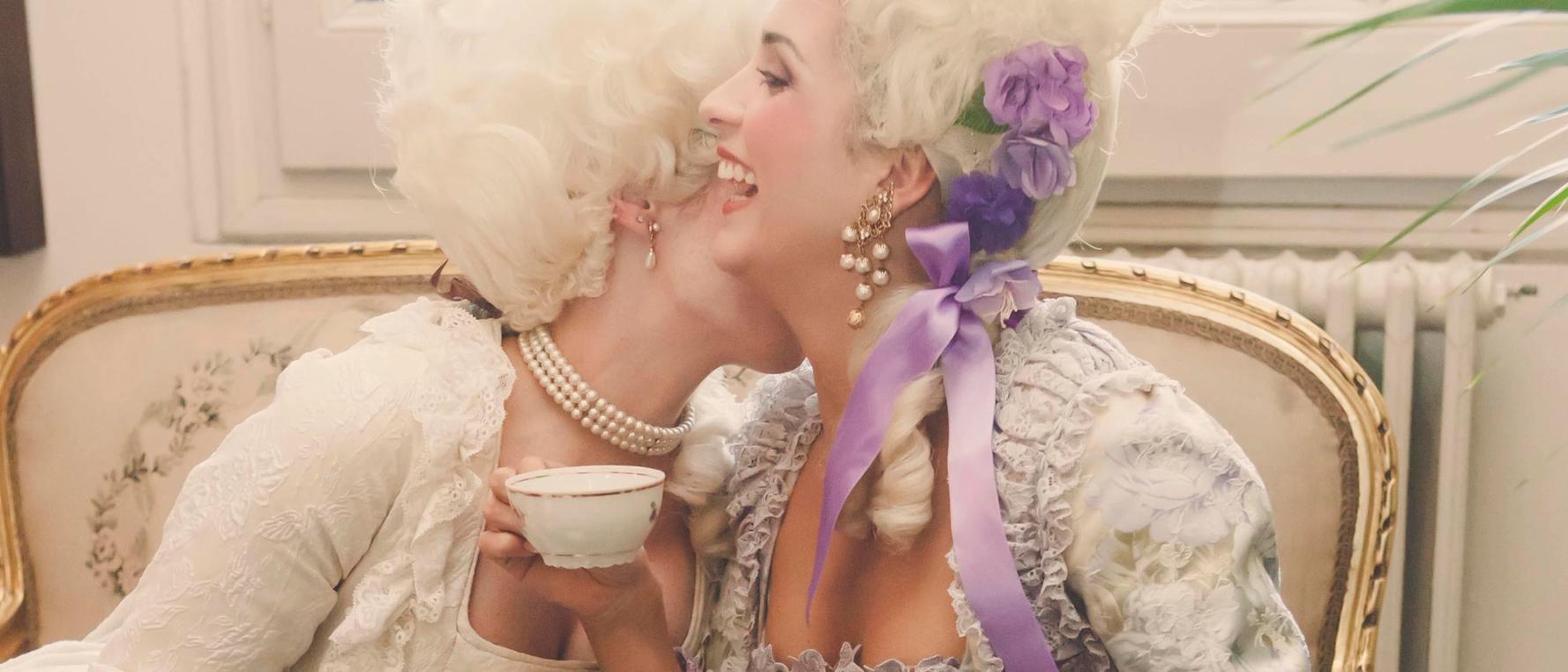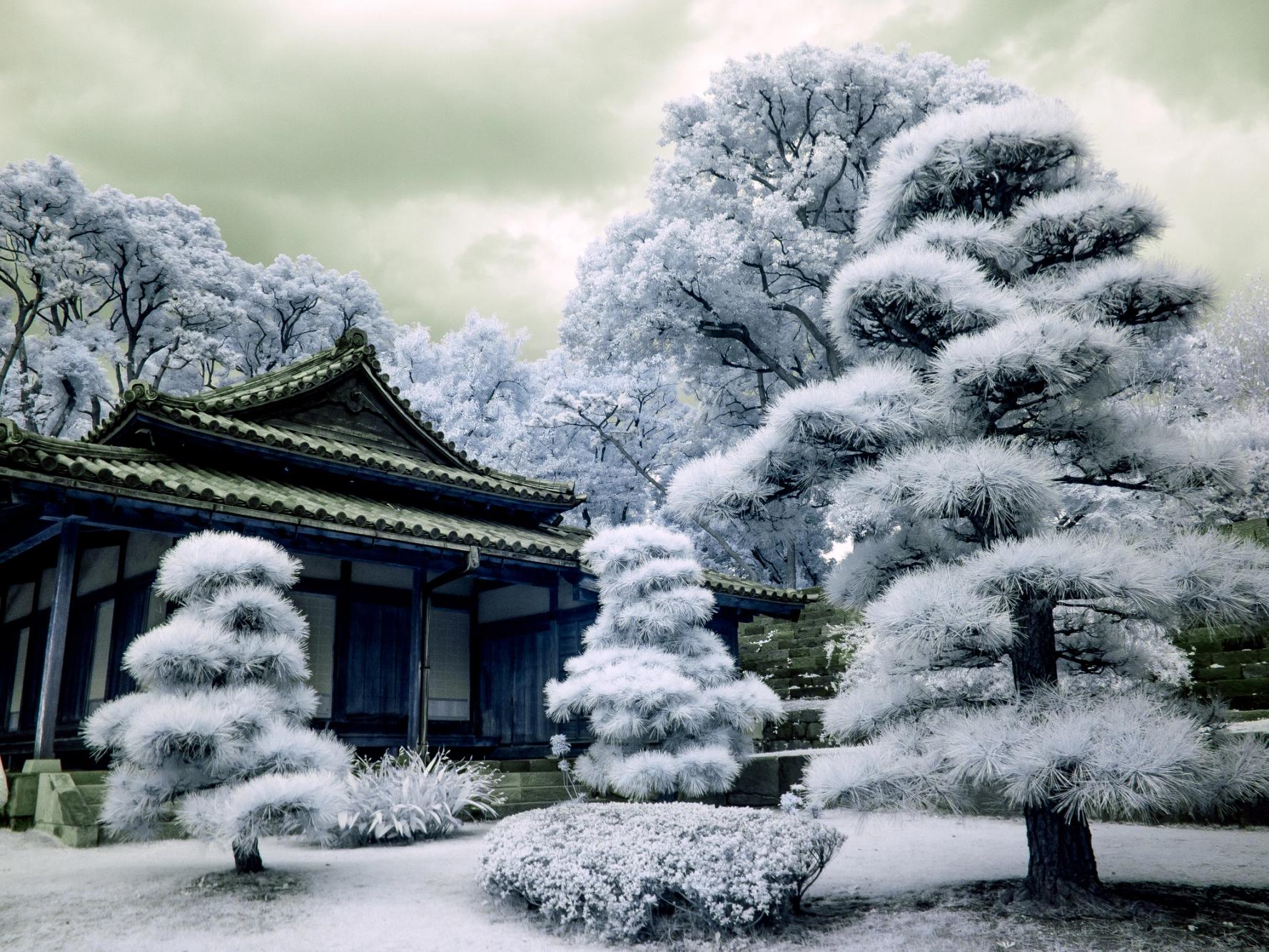
Sunday, April 28, 2024 – Photo of the Day – Kanazawa, Japan

Where in the World Are We?
We are in Kanazawa, on the West Coast of Japan.

KANAZAWA, JAPAN
A CASTLE TOWN WITH OVER 400 YEARS OF RICH HISTORY
The capital of the Ishikawa Prefecture, Kanazawa, once rivaled Kyoto and Edo (Tokyo) as a town rich in cultural achievements. Kanazawa escaped destruction during World War II and has preserved many old districts in good shape.
The city is famous because of Kenrokuen. Located next to Kanazawa Castle, Kenrokuen is classified as “One of the Three
Gardens of Japan”. The garden has an artificial pond, and hills and houses are dotted within the 11.4 hectares. It has
Japan’s oldest fountain uses natural water pressure and has a tea house dating back to 1774.
Close by is the Higashi Chaya Gai Geisha District, designated a National Cultural Asset and the biggest of the Geisha
districts of Kanazawa. Some houses retain the original structure and are still used as Geisha houses.
Some of the streets have traditional shops, creating a nostalgic atmosphere.
Kanazawa is known for its lacquer ware, Kutani-style pottery, gold-leaf workmanship, and delicately painted silk
kimonos.
HIGASHI CHAYA DISTRICT
The name Higashi Chaya-gai means “Eastern Teahouse District” because the chaya, or teahouses, were where wealthy customers would be entertained by geisha with traditional music, dancing, and drinking games. The geisha houses in Higashi Chaya have a stunning traditional appearance of a geisha house built almost 200 years ago, as well as old buildings refurbished into restaurants, cafes, and souvenir shops.
SIGHTS
- Kenroku-en Garden
- D.T. Suzuki Museum
- Oyama Shrine
- Kanazawa Castle Park
- Omicho Market
- 21st Century Museum of Contemporary Art
Today’s Excursion – Ancient & Modern Kanazawa
Kenroku-en Garden
One of the three celebrated “Great Gardens of Japan.” This 25-acre landscape garden was originally developed by the great
daimyo of Kanazawa Castle. Kenroku-en boasts Japan’s first fountain, a teahouse dating to 1774, and a pagoda donated to the Maeda clan by the great warlord Toyotomi Hideyoshi. The celebrated Ganko-bashi is a bridge comprising 11 red stones laid out to resemble a formation of flying geese.



























Gold Leaf Experience
A gold leaf is made by beating gold into an extremely thin sheet with a meter thickness of 0.1 to 0.125 millionths. It is so
thin that it will disappear when you rub it with your fingers. The production of gold leaf started in Kanazawa at the end of the
16th century, and more than 98% of the products were produced in Kanazawa.
Higashi Chaya Geisha District
Proceed to Higashi Chaya Geisha District. A Chaya, a teahouse, is an exclusive restaurant where guests are entertained by geishas performing songs and dances. During the Edo Period, Chaya was found in designated entertainment districts, usually just outside the city limits. The largest one of the chaya districts in Kanazawa is the Higashi Chaya district. The construction of two-story houses, except teahouses, was prohibited in the Edo period. Homes are still in use and well preserved by residents, maintaining the atmosphere of that time…Now, many craft shops ideal for souvenir shopping are located in the area.













We had a 7-course Japanese lunch in the Geshia district.



Nagamachi District
Continue your visit to Nagamachi District. Nagamachi was a samurai district located at the foot of the former Kanazawa
Castle, where samurai and their families used to reside. The area preserves a historic atmosphere with its remaining samurai
residences, earthen walls, private entrance gates, narrow lanes, and water canals. One of the district’s main attractions is
the centrally located Nomura Samura House, a restored samurai residence displaying the lifestyle and artifacts of the era when samurai were prosperous. A short walking tour of the Nagamachi Samura district will be followed by a visit to the Nomura Samurai Family Residence. The family successively held executive posts from generation to generation under the rule of the Maeda family. The house has a coffered ceiling made of Japanese cypress and fusuma-e (paintings on sliding-door panels) created by the Maeda family’s painter. The garden inside the residence has a Japanese bayberry over 400 years old and a meandering stream surrounded by ancient and strangely shaped rocks.


























TONIGHT’S SHOW WITH VAN-ANH NGUYEN
AWARD-WINNING VIRTUOSO PIANIST
ARIA nominated concert pianist and recording artist Van-Anh Nguyen to become the first Australian-Vietnamese to enter the US iTunes Classical Charts. After starting piano studies at 13 months old, the Australian-born concert pianist made her Sydney Opera House debut at age 8.
Her ability to perform classically and have the stage flair for creative classical-crossover arranging and mash-ups has allowed her to perform for such brands as Moet & Chandon, Porsche, Barons de Rothschild, and Ferrari, to name a few.
Van-Anh currently has 10 albums released on all major digital music outlets. She has been featured as a music icon in various publications, including L’Officiel Magazine, Elle Magazine Vietnam, Sunday Life, Marie Claire Australia, and Harper’s Bazaar Magazine. Her TV show has been on Discovery Channel Asia. Van-Anh is a Roland Artist and ambassador.
She now resides between Sydney and Los Angeles. For more information, please see www.vananhofficial.com

Check out these seven videos of her show and be amazed at her talent!
Tonight’s dinner was a family night dinner in La Terrazza.






Check out today’s Chronicle./
